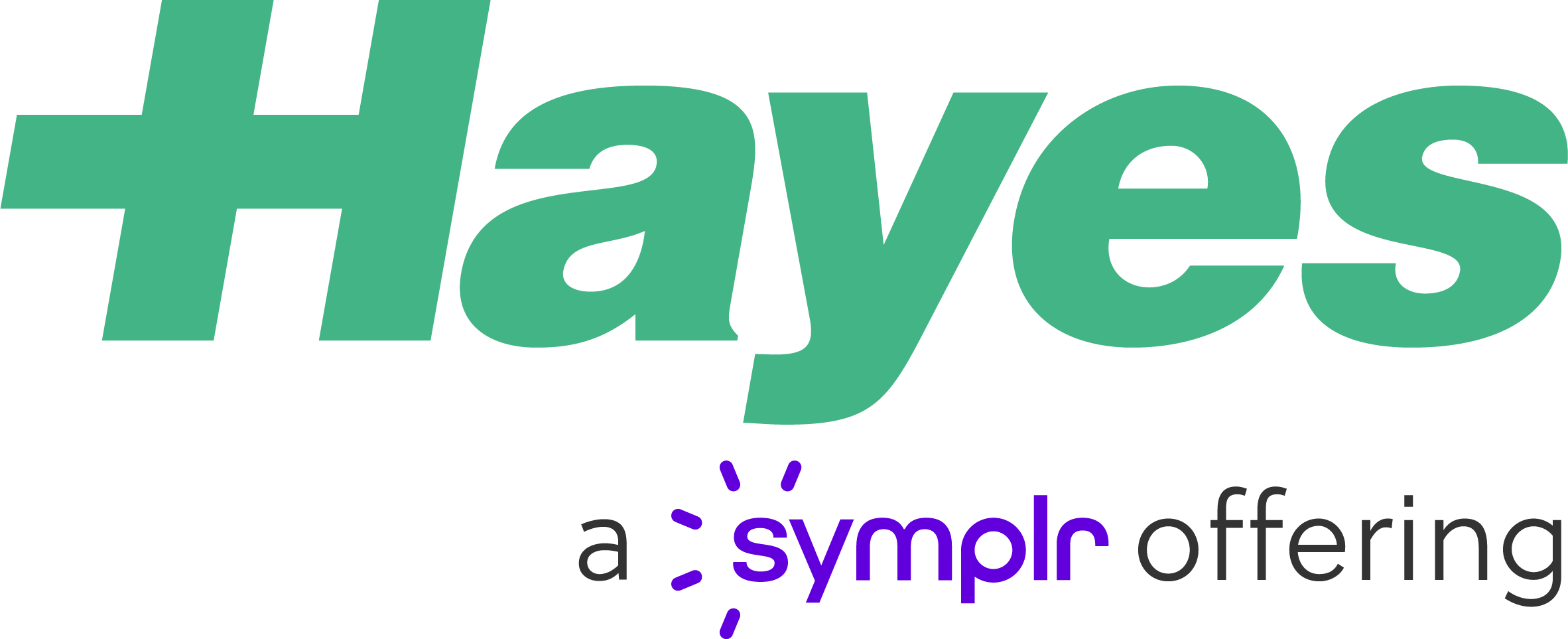Health Problem: Chordomas are rare primary bone tumors originating from remnants of the embryonic notochord and most commonly arising in the skull base (32%), mobile spine (33%), and sacrum (29%). Chondrosarcomas, which arise from cartilage, are usually low-grade, indolent, invasive tumors that cause morbidity by compressing skull base neurovascular structures. Chondrosarcomas account for approximately 30% of primary bone cancers. Approximately 1% to 2% of chondrosarcomas arise in the skull base. In addition to the risk of mortality, skull base chordoma and chondrosarcoma can cause morbidity that can severely impact patients’ quality of life (e.g, hearing loss, double vision). Both malignancies are hard to treat effectively because of their propensity to be dangerously localized near critical structures such as cranial nerves, the brainstem, and skull base vasculature, and their high likelihood of local recurrence.
Technology Description: A form of external beam radiation treatment (EBRT), proton beam therapy (PBT) uses a sophisticated 3-dimensional stereotaxic planning and delivery system to precisely target protons (positively charged, heavy subatomic particles) to bombard a specific tumor mass. Whereas proton and photon techniques should have similar tumor control abilities, PBT is believed to improve sparing of normal tissues, reducing acute and late toxicities in areas of the body that are sensitive to radiation damage. Treatment planning for each patient who undergoes PBT requires computed tomography simulation, diagnostic magnetic resonance imaging scans, and custom immobilization. Anesthesia is used for patients who are too young or otherwise unable to tolerate the simulations and daily treatments while awake. Usually, PBT is delivered daily, 5 days per week, for 4 to 6 weeks. Daily pretreatment imaging guidance ensures the reproducibility of patient positioning during PBT.
Controversy: While numerous dosimetry/treatment planning studies suggest that the precision of PBT allows for improved sparing of normal tissues surrounding a tumor resulting in lower rates of acute (short term) and late (long term) toxicity compared with standard therapies, there is uncertainty regarding clinical effectiveness and safety. Due to the limited number of facilities that provide PBT, this therapy may not be easily accessible to all patients.
Key Questions:
-
Is PBT effective in treating adult patients with skull base chordoma or chondrosarcoma?
-
Is PBT safe in adult patients with skull base chordoma or chondrosarcoma?
-
Have definitive patient selection criteria been identified for PBT in patients with skull base chordoma or chondrosarcoma?
If you have a Hayes login, click here to view the full report on the Knowledge Center.
